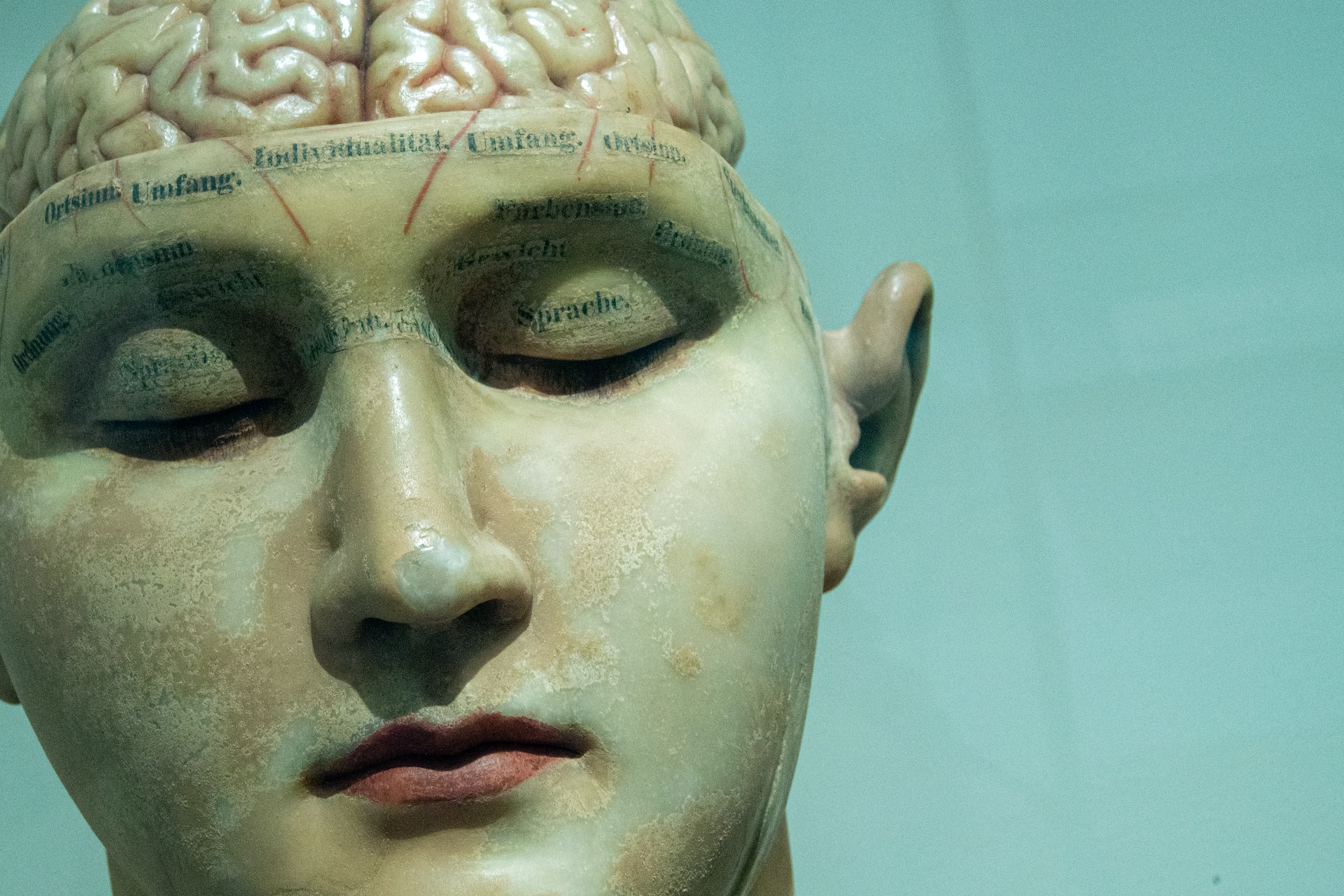Our Love Looks Different Now, But It’s Still Love
Our love looks different now, but it’s still love. Over time, the way we express and experience love changes, yet the core feeling remains. When a relationship moves past the initial excitement and passion, it often settles into something deeper and more enduring. This doesn’t mean love has faded; it means it has matured.
In the early stages, love can feel intense and all-consuming, full of idealism and high expectations. But as time passes, couples face a critical turning point where they must decide whether to build a lasting partnership or seek something new. Those who choose to stay learn that love is less about constant passion and more about commitment, understanding, and acceptance. They come to appreciate the emotional intimacy and security that grow when love evolves beyond infatuation.
This mature love involves embracing each other’s imperfections rather than clinging to an idealized image. It’s about choosing to love someone every day, even when the feelings aren’t as fiery as before. Communication improves, conflicts become easier to navigate, and a more authentic connection develops.
Life stages also shape how love looks. In young adulthood, love might be marked by exploration and intense feelings. As people grow older, priorities shift toward emotional fulfillment, companionship, and comfort. Emotional maturity increases, helping partners manage conflicts better and deepen their bond.
Strong couples understand that love requires ongoing effort and growth. They communicate openly, share responsibilities, and nurture their connection. When challenges arise, they don’t cling to old patterns or let ego get in the way. Instead, they make intentional changes to grow closer and strengthen their relationship.
So, even if our love looks different now—quieter, steadier, less dramatic—it’s still love. It’s love that has grown wiser, more resilient, and more real. It’s love that chooses to stay, to understand, and to keep building a life together.





